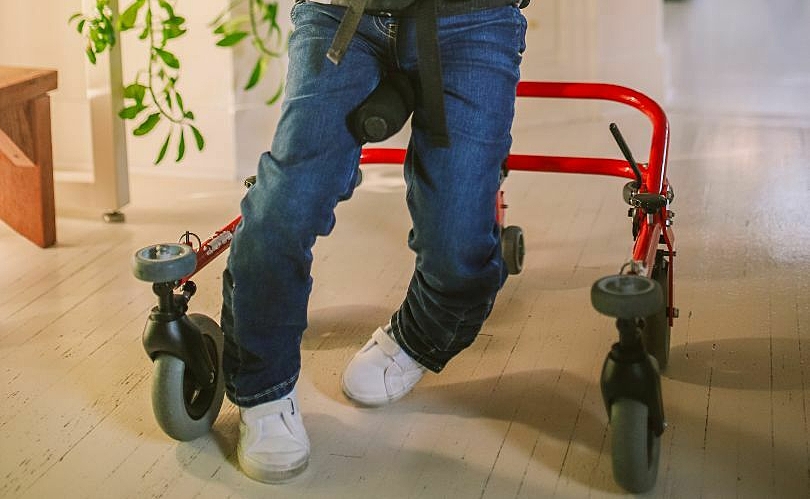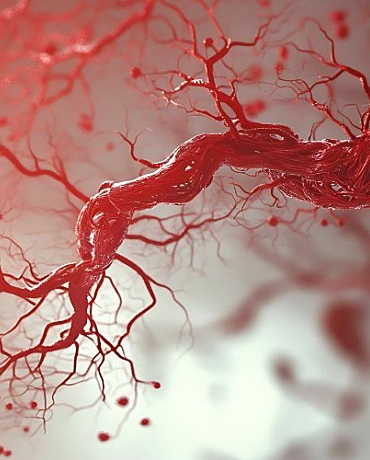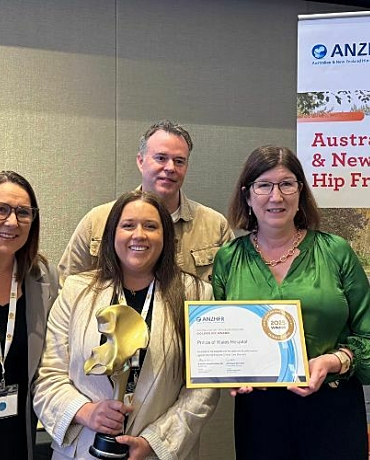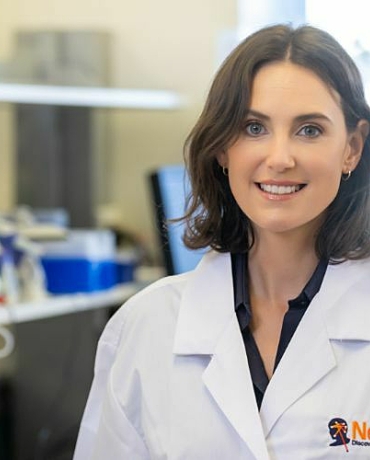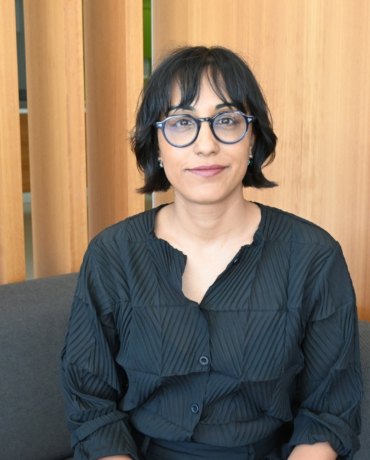- While we’ve long measured children’s height and weight, new growth curves assist with the measurement and assessment of childhood muscle growth.
- Researchers have shown how these growth charts can be used to identify impaired growth in children with Cerebral Palsy and other conditions.
- Cerebral Palsy is the leading cause of childhood physical disability, with an estimated 17 million people living with the condition globally.
Researchers have developed new tools which improve understanding of children’s muscle growth and will assist in the assessment and treatment of Cerebral Palsy and similar conditions.
Dr Bart Bolsterlee, Senior Research Fellow at NeuRA and UNSW Engineering said the reference curves help track children’s physical development and identify deviations from ‘normal’ growth.
“While children’s body height and weight has been measured and studied since the 18th century, we haven’t had reference curves for individual muscles,” Dr Bolsterlee said.
“Muscle growth is important for normal childhood development because skeletal muscles help move the growing body and also play an important role in glucose metabolism.
“Individual muscles in infants and children grow at different rates. Diseases and conditions that impair muscle growth can affect some muscles more than others. So, the assessment of muscle size by mass or volume is best done with a muscle-specific reference curve.”
The work was undertaken as part of the larger ongoing study into childhood muscle growth, known as the MUGgLE Study. More than 200 typically developing children have had their lower legs MRI-scanned and reference curves for leg muscle volumes in children aged five to 15 years have been developed. For this study, a further 78 children with Cerebral Palsy (CP) have also been included, to demonstrate how the curves could be used to identify impaired growth.
Models to assist with targeted therapies
“Children with Cerebral Palsy have functional abilities that vary widely, but severe musculoskeletal problems are common,” Dr Bolsterlee said.
“A consistent finding is that children with CP have, on average, smaller muscles than age-matched typically developing children. But, as in typically developing children, muscle sizes vary widely between children with Cerebral Palsy.
“The muscle-specific reference curves may help identify muscle growth impairments in individual children with Cerebral Palsy, and in children with other conditions that impair muscle growth. Getting this information more easily, may make it easier for individuals to get more targeted and tailored therapies and support.”
Dr Bolsterlee said further research was required, but he was hopeful computational and biomechanical models would be developed to predict growth, function, movement and identify the most promising treatments for individual children.
The full report was published in Proceedings of the National Academy of Science and is available here.
